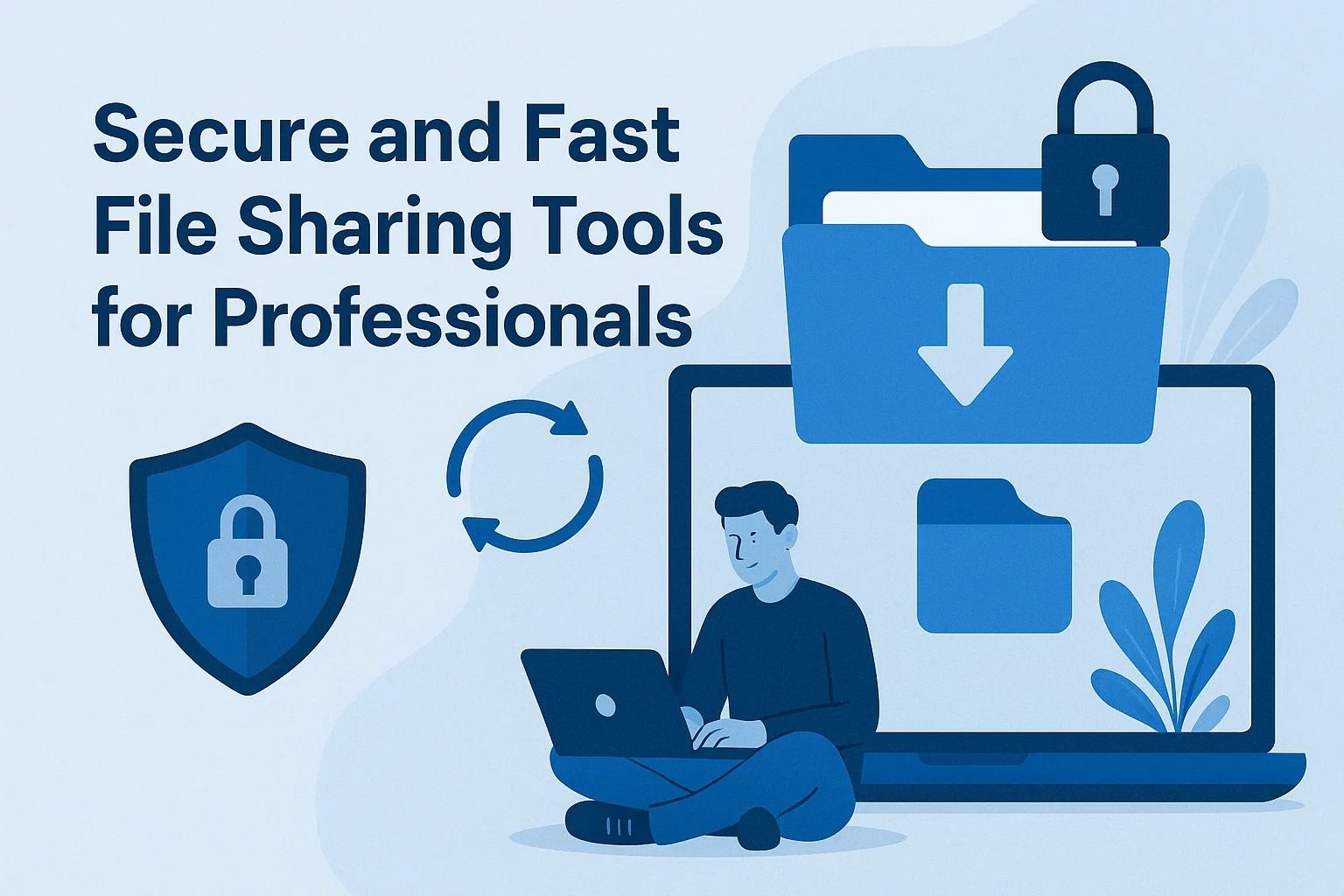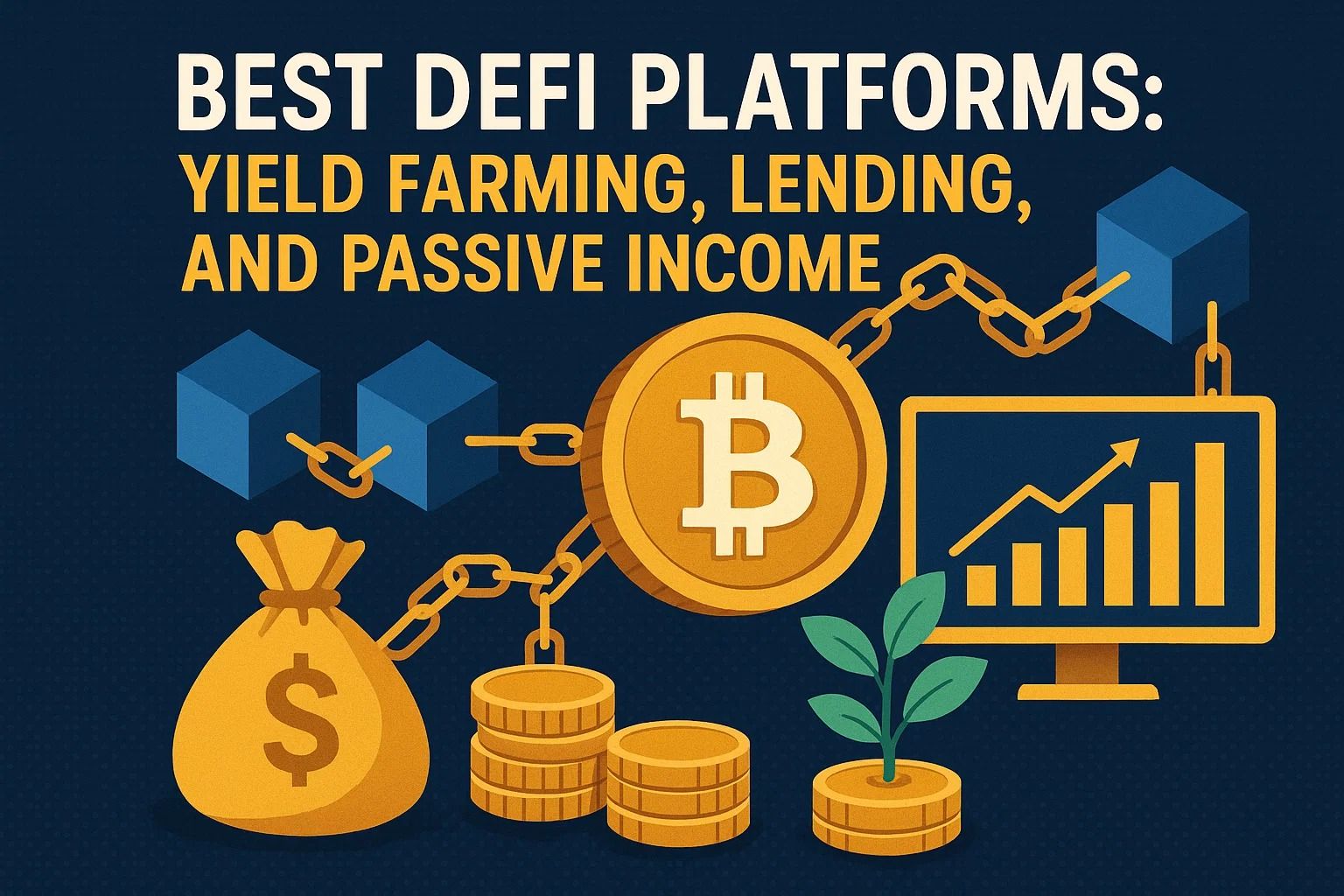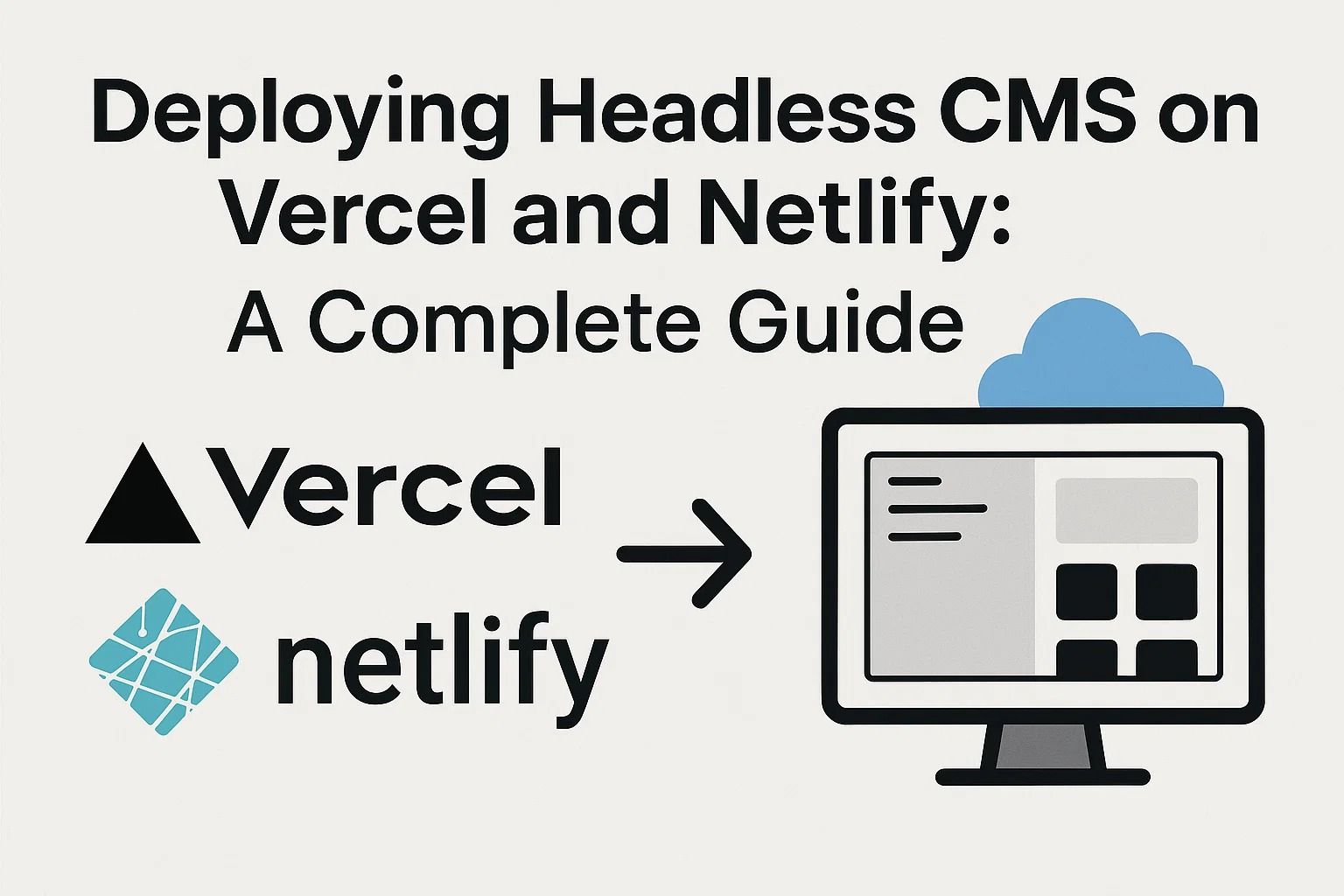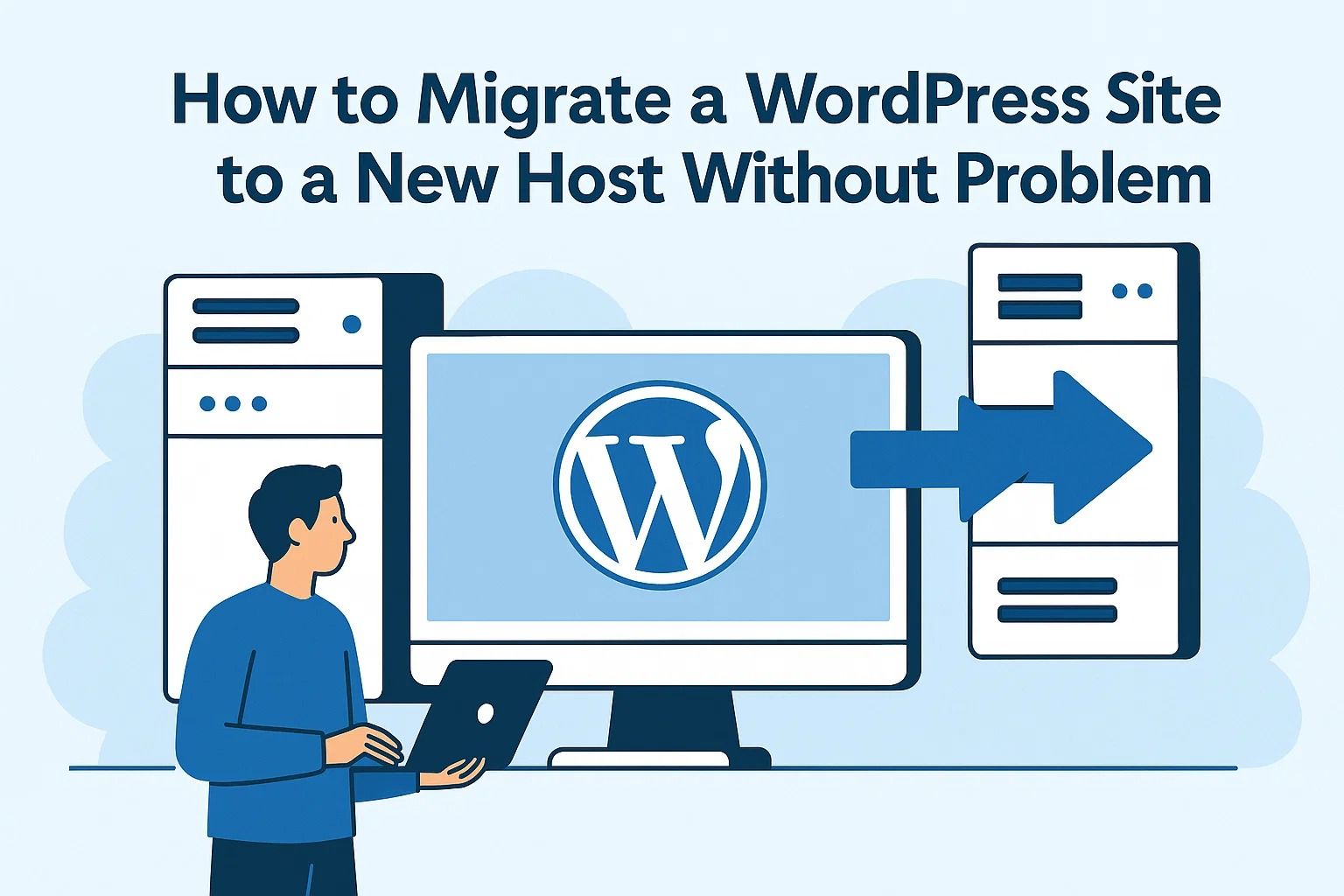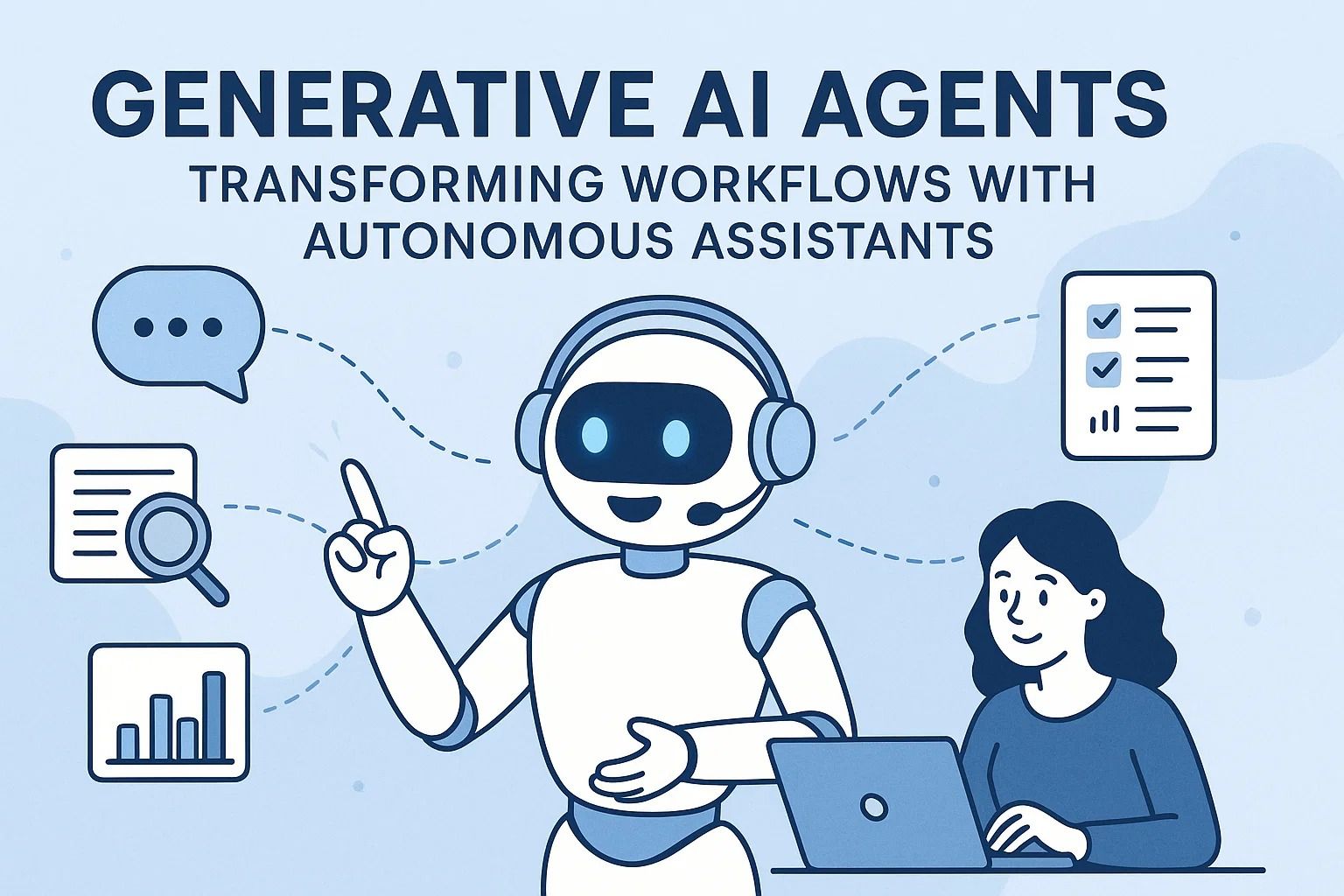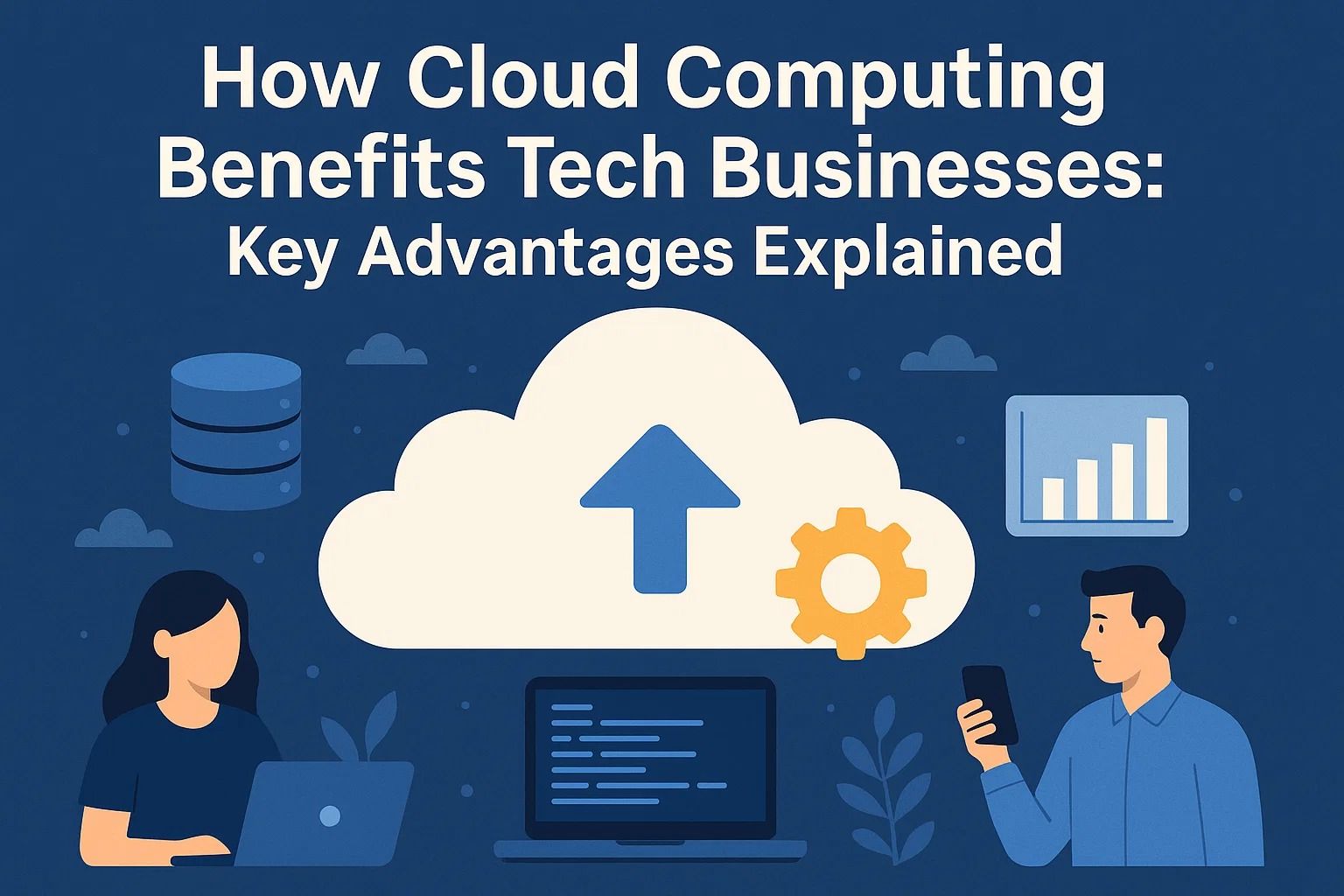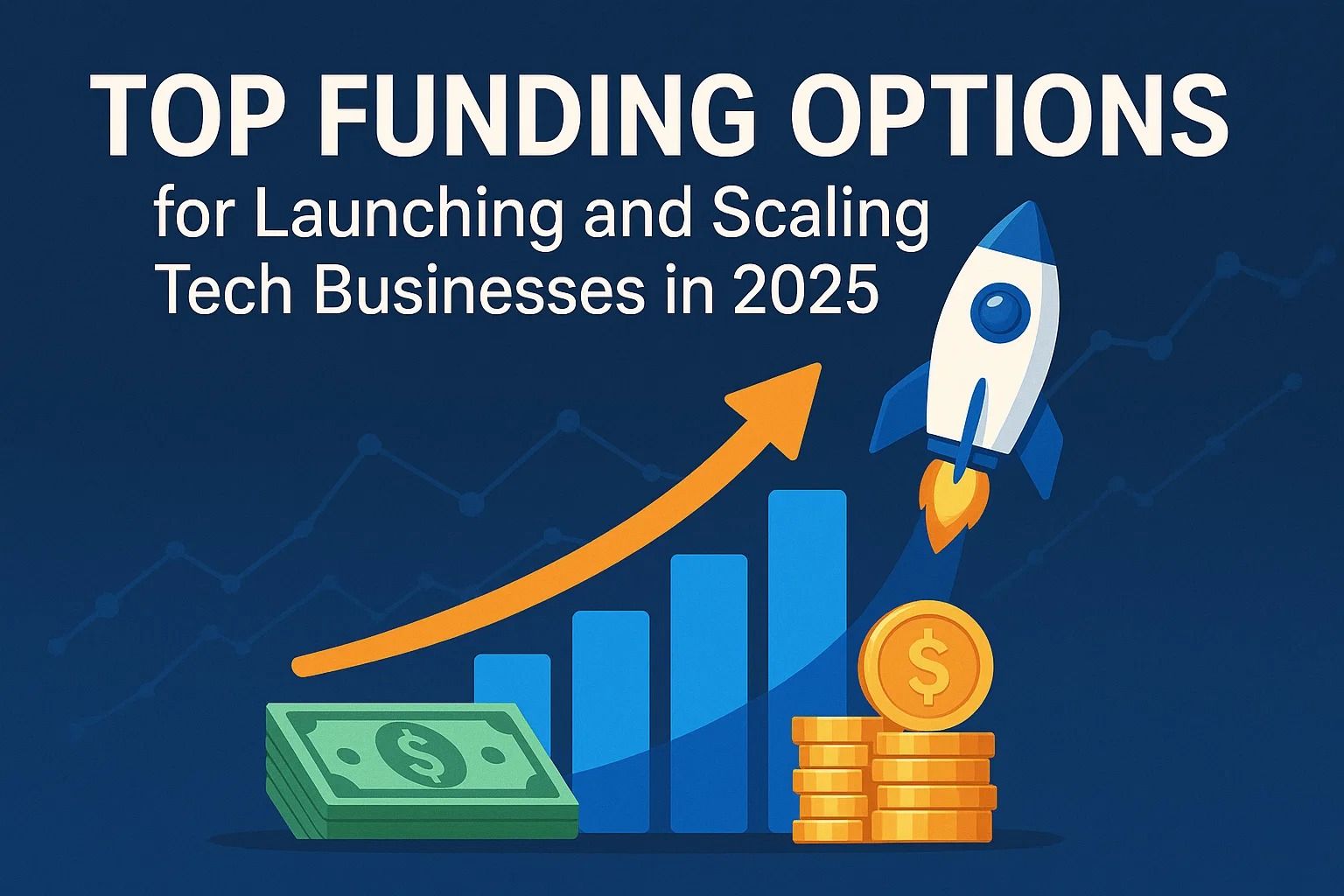
Top Funding Options for Launching and Scaling Tech Businesses in 2025
Reason That Financing Still Counts for Technical Startups
Despite the popularity of bootstrapping, most technical startups continue to depend on outside financial help to launch, grow, and compete. In 2025, increasing infrastructure expenses, greater AI integration, and aggressive hiring make early-stage financing far more crucial. From developing MVPs to marketing and recruiting employees, funding energizes each stage of a startup’s path.
The funding landscape has changed dramatically, though. Traditional VC is no longer the only option. Web3-native crowdfunding, revenue-based financing, and ecosystem grants have created new avenues for founders—even those outside of Silicon Valley.
Four Phases of Startup Funding
- Pre-Seed: Financing from founders, family, friends, and angel investors to establish MVPs or confirm concepts.
- Seed: Money for developing products, discovering product-market fit, and recruiting a small team.
- Series A: Scaling users, improving infrastructure, and creating a revenue model.
- Growth Rounds: Global expansion, buying companies or entering different markets.
Knowing where you stand is essential in selecting the right source of funding and how to pitch to them. Different investors anticipate various metrics, risks, and returns at any stage.
Funding Trends for 2025
- Microfunds & niche VC: Specialized firms funding AI, DePin, fintech, and climate tech verticals.
- Community-driven capital: NFT and web3 projects fundraised through airdrops, DAOs, and tokenized rounds.
- Hybrid rounds: Combining Safe notes, equity, and grants for flexible structuring.
- Non-dilutive financing: Revenue-based and royalty models gaining traction for SaaS and bootstrapped tech.
In part two, we go deeper into the top funding sources available in 2025—from VCs and accelerators to grants, DAOs, and debt funding models.
1. Venture Capital (VC) Firms
Even with newer models emerging, VC funding remains a primary source of capital for technology startups. By 2025, most VC firms will operate in niche verticals such as artificial intelligence, green technology, fintech, and blockchain.
- Best for: Startups with scalable technology and aggressive growth plans.
- What they look for: MVP, early traction, strong go-to-market strategy.
- Top VCs to Watch Out for in 2025: a16z crypto, Sequoia Edge, Lightspeed Global, Sui Ventures.
2. Angel Investors & Syndicates
Angels typically invest at pre-seed or seed. These individuals (or angel networks) provide both capital and mentorship, as well as credibility in the early days. By 2025, syndicate platforms like AngelList and Stonks enable founders to pitch multiple angels at once.
- Pros: Flexible terms, quick decisions, founder-friendly.
- Cons: Small check sizes, limited post-investment support.
3. Accelerators and Incubators
Programs like Y Combinator, Techstars, and Seedcamp continue to provide early-stage technology companies with funding, mentorship, and investor exposure.
- Equity taken: Usually 5–10% for a fixed amount, $100k–$500k.
- Best for: First-time founders looking for advice and access to networks.
- Emerging trends in 2025: DePIN-specific accelerators, climate-tech incubators, web3-native programs.
4. Government & Ecosystem Grants
Non-dilutive sources of capital such as grants are increasingly available from governments, blockchains, university-linked, and other programs. By 2025, Web3 ecosystems (e.g. Sui, Near, Solana) have programs for builders with grants of $100k+ and no strings attached.
- Pros: No equity to give away, usually easy to apply for if aligned with mission.
- Cons: Bureaucracy, long timelines, reporting & accountability requirements.
5. Web3 Crowdfunding & DAOs
In native crypto environments, startups raise funds through token sales, community DAOs, airdrop campaigns etc. Platforms like Juicebox, Superfluid and Launchcaster enable early-stage teams to build with community capital.
- Best for: Open-source projects, tools, DePIN networks, creator-driven protocols.
- Be careful of: Regulatory risks, misaligned tokenomics.
6. Revenue-Based & Debt Financing
For startups with cash flow but that don't want to dilute equity. Revenue based financing (RBF) is an attractive option where repayments are based on monthly revenue vs traditional loans that don't tie repayments to business cash flow.
- Leading platforms: Pipe, Capchase, Founderpath.
- Best for: SaaS, ecommerce, and cash-flow-positive tech companies.
- Other option: Traditional small business lending from fintech or banks.
In part three, we cover how to pick the right option depending on your stage, strategy, and product type — and practical pitch tips for 2025 investors.
Choosing the Best Type of Funding
With so many types of funding available, it’s essential to match your funding approach with your business model, speed of growth, and overall vision. Not every startup is meant to chase VC money — just as not every investor is a good fit.
- Bootstrap/lean SaaS? Consider RBF/program/economic grants.
- Building a scalable platform? Look for VCs/accelerators early.
- Community-first Web3 product? Raise via DAO/tokenomics.
- Still figuring out product-market fit? Start with angels/small grants/incubators.
The goal is to raise the right money at the right time — not necessarily to raise money at all, and certainly not by giving up control or vision unnecessarily.
What Investors Are Looking For in 2025
Investors have matured as well by 2025. It’s no longer enough to have a snazzy landing page and an idea. Even at the early stages, investors are looking for traction, clarity and founder-market fit.
- Clear GTM strategy: Show how you’re going to get customers, not just “we’ll grow organically.”
- Working prototype/MVP: A very basic version is better than a concept.
- Clarity in your metrics: CAC/churn/ARPU — even at a small scale, knowing your numbers is worthwhile.
- Vision and defensibility: What makes your solution unique — and defensible over time?
Effective Ways to Pitch in 2025
Whether you’re pitching to a VC, an angel syndicate or a DAO, your pitch can’t be longer than 4 sentences or it’s too long.
- Start with the problem: Define it and why it matters now. Don’t make the viewer chase a punchline.
- Show the product: A one-minute demo is better than a bunch of slides.
- Show traction: Show users/revenue/retention/growth — even if small.
- Make the ask: How much do you need? How will you use it? How many months of runway?
- Practice async pitching: Many deals don’t start with a live call in 2025, but rather with a Loom/Deck.
Now What?
Funding a tech startup in 2025 is not a one-way street. With more forms of capital than ever — from traditional VCs to tokenized DAOs — founders can pick and choose paths that fit their product, values, and their users.
The best founders know when to raise, who to raise from and how to structure deals that result in growth — not stress. Investigate - build relationships early - treat fundraising like a strategic investment, not a desperate exit.











